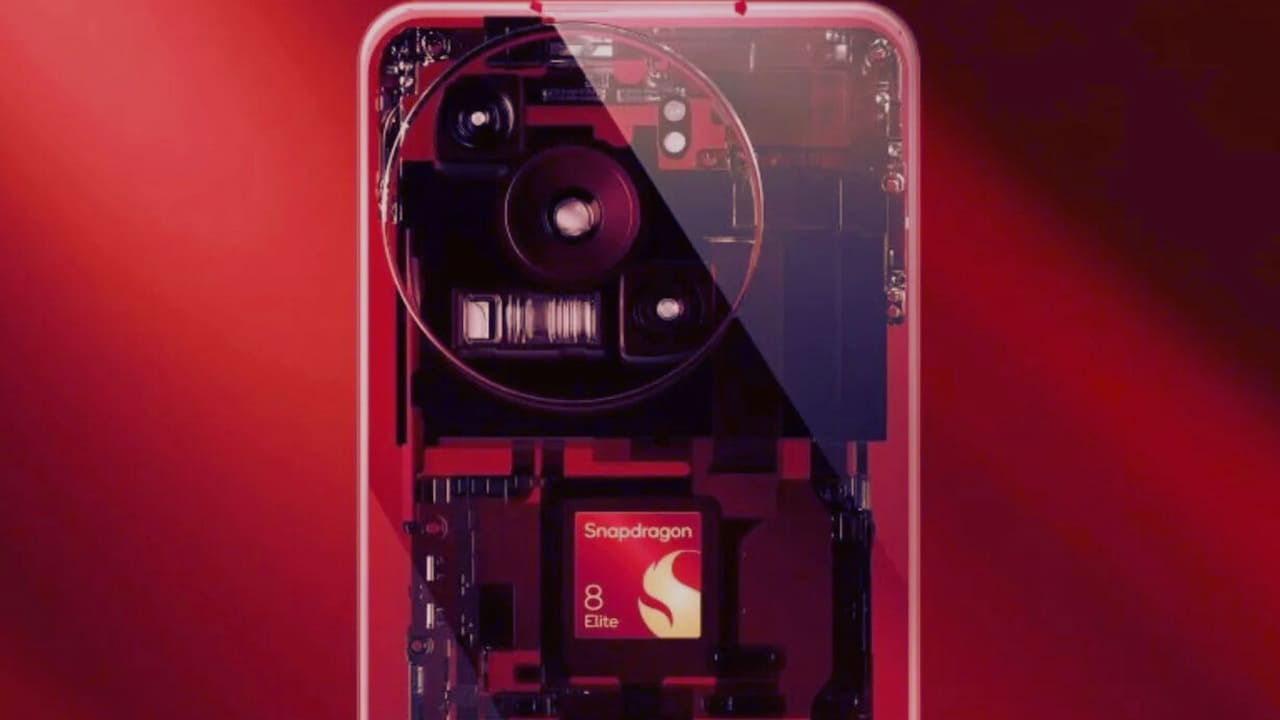Game-Changer: Google Extends Android’s Life with 7 Years of Updates
In a groundbreaking development for Android users worldwide, Google is spearheading a major shift in how long your smartphone will stay up-to-date. The tech giant is working behind the scenes to help more Android phones receive updates for up to seven years—a move that could revolutionize smartphone longevity.
The story begins with the Snapdragon 8 Elite, Qualcomm’s newest flagship processor. This cutting-edge chip isn’t just about raw power; it’s designed to support software updates for an impressive eight years, setting a new industry standard.
“This is a significant leap forward for Android,” says Christopher Patrick, Qualcomm’s Senior Vice President and General Manager. The company’s commitment to long-term support marks a turning point in smartphone sustainability.
Let’s break down what this means for you:
The New Update Landscape
Google has quietly introduced what they call the “Longevity GRF program.” Think of it as a blueprint that makes it easier for phone makers to keep their devices fresh and secure for longer. This program tackles one of the biggest hurdles in Android updates: keeping old chips compatible with new software.
Previously, phone makers could only promise about three years of updates before things got complicated. Now, with the new program, they can offer up to seven Android OS updates without major technical headaches. The only catch? They’ll need to update the phone’s core software (the Linux kernel) every three years for security reasons.
What’s Changed?
- Extended Support: Your next Android phone could receive updates until 2031 or beyond.
- Better Security: Regular kernel updates ensure your device stays protected.
- Feature Flexibility: While some new features might need hardware updates, core functions will keep improving.
The Competition Heats Up
Samsung and Google are already leading the charge. Both companies promise seven years of updates for their latest flagship phones—matching or beating Apple’s typical five to six years of support. The Pixel 8 series was first to make this bold promise, followed by select Galaxy devices.
Other brands are taking notice. OnePlus, which currently offers four years of support for its flagship phones, might extend this with their upcoming OnePlus 13. The same goes for manufacturers like Xiaomi and iQOO, who have confirmed they’ll use the new Snapdragon chip.
Technical Excellence
The Snapdragon 8 Elite isn’t just about longevity. Constructed using cutting-edge 3-nanometer technology, it delivers:
- 44% faster CPU performance
- 27% better overall power efficiency.
- A top speed of 4.32 GHz—outpacing competitors
What this means for users
This shift marks a win for both your wallet and the environment. Longer software support means:
- Your phone stays secure and up-to-date for longer
- You won’t need to upgrade as often.
- Your device maintains its value better.
- Reduced electronic waste
As we look ahead, the Galaxy S25 series might be the first to promise eight years of updates, potentially setting a new industry benchmark. This evolution in Android updates isn’t just about numbers; it’s about creating phones that truly last, making premium devices a smarter long-term investment.
The future of Android looks brighter and longer-lasting than ever. As these changes roll out, we’ll see if other manufacturers follow suit, potentially transforming how long we keep our smartphones.
Table of Contents
